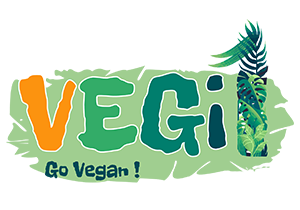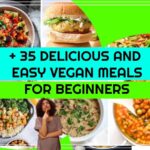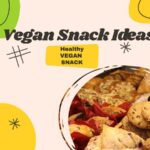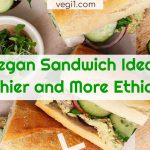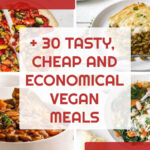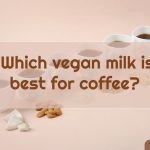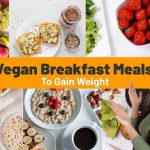Build Muscle with a Vegan Bodybuilding Meal Plan
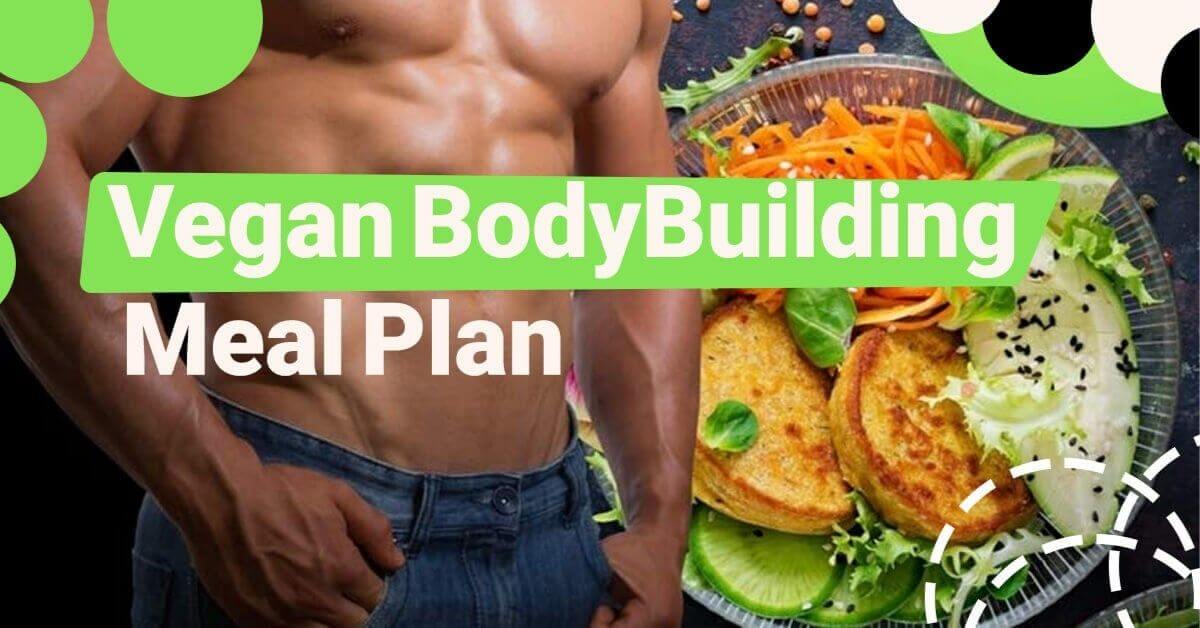
What do you know about the vegan lifestyle? Its popularity continues to grow over the years, and it’s all about consuming plant-based foods and excluding animal products.
Some may think a vegan diet is limiting, but did you know it’s possible to thrive as a vegan bodybuilder?
That’s right! The story of vegan bodybuilding goes back decades, and there are notable figures like Robert Cheeke, a vegan bodybuilder who has been on the scene for over two decades.
Cheeke and other vegan bodybuilders have proved that plant-based athletes can be as strong and fit as those who do not like a vegan diet.
What about you? You, too, can achieve a solid and fit body like Robert Cheeke by following a vegan diet!
So, if you’re interested in learning about vegan bodybuilding meal plans, join me in this article, and let’s explore this exciting trend together!
Professional athletes that are vegan
In this article you will read:
How many calories do vegetarian bodybuilders need?
As a vegan, I understand the struggle to balance nutrients, especially concerning bodybuilding. So, let’s talk about how many calories vegan bodybuilders need.
Firstly, it’s important to note that the number of calories needed can vary depending on factors like age, weight, and level of physical activity. But generally, vegan bodybuilders should aim for a calorie intake that allows them to maintain their current weight or gain muscle mass.
A good starting point for someone looking to build muscle is to consume around 500 calories more than their daily maintenance needs. This surplus of calories will help provide the necessary energy for muscle growth and repair.
To build muscle mass, you will need fuel to help build muscles and boost their size.
But how to determine how many calories you need as a vegan bodybuilder?
It is better to consult with a registered dietitian or sports nutritionist who can help you create a personalized nutrition plan based on your specific needs and goals.
They may also consider your training schedule, supplements, and other factors affecting your calorie needs.
Furthermore, an online calculator can measure how many calories can help you reach your desired muscle mass.
As a starter, you can rely on these online tools. Still, it would be best to consider that many factors are involved in this process. You cannot give an identical prescription due to activity, metabolism, stress levels, hydration, sleep quality, and time allocated to your workout.
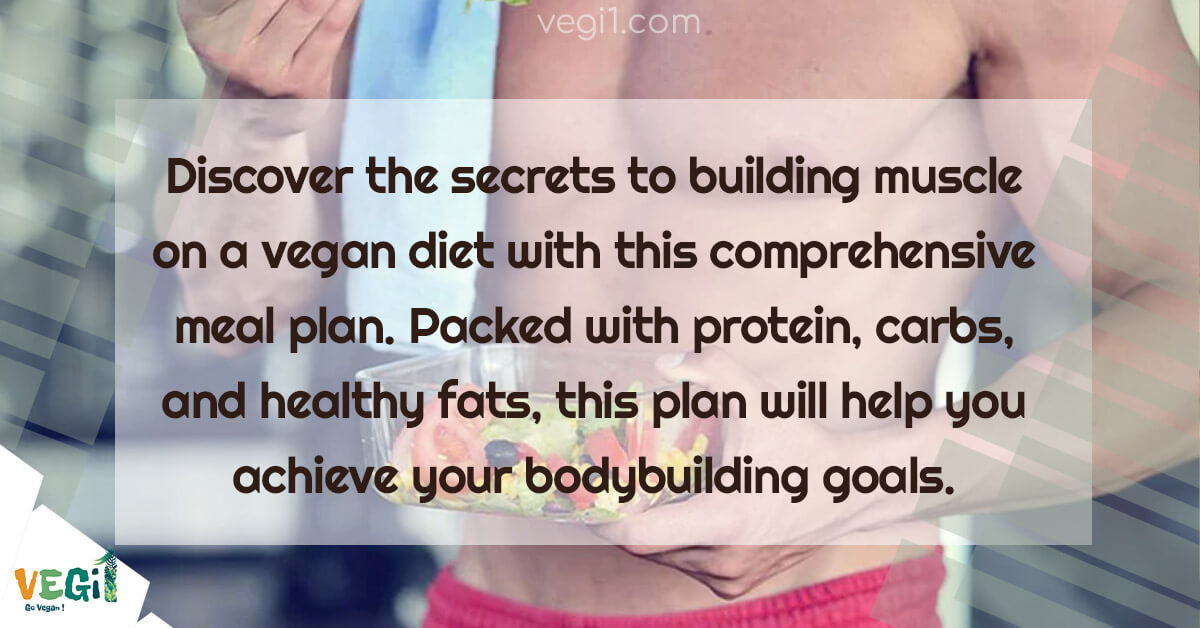
How does a vegan bodybuilding diet look?
When you encounter this question, you must be patient and stay with us in this article to break it down.
Here’s what you need to include in your vegan bodybuilder’s diet plan:
-
Add protein-based meals to your diet plan
Protein is an essential macronutrient for building and repairing muscle and also preserving muscle when you lose fat. Plant-based foods can provide all the necessary nutrients for muscle growth.
Protein is made up of amino acids. There are two groups of amino acids: essential and nonessential.
Your body needs nine essential amino acids to build muscles. Considering this, even if you can quickly provide these amino acids, consuming animal products like turkey, chicken, eggs, and plant-based foods does not offer all nine amino acids.
You can get all these essential amino acids from soy-based products. For example, rice and beans are incomplete proteins by themselves, but together they contain all the essential amino acids.
Protein is essential for muscle development. Plant-based protein sources include tofu, tempeh, lentils, chickpeas, hemp, seitan, and quinoa. They can be added to daily meals, such as tofu for breakfast or lentil soup for lunch.
Discover the best vegan protein powders that are packed with nutrients to support your health and fitness goals.
Fuel your body the vegan way with these top-rated protein powders that provide all the benefits of traditional whey, without the animal products.: 5 Best protein powder vegan for people
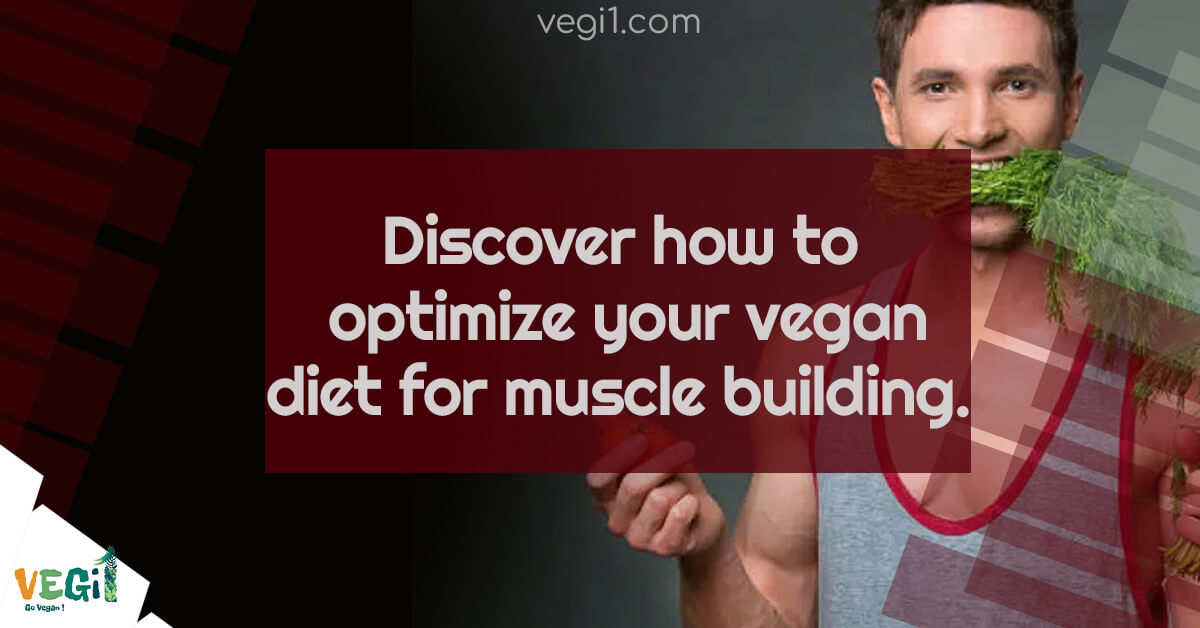
-
Include carbohydrates in your plan.
Did you know that carbohydrates are the ultimate fuel for your body? Without them, it’s like trying to drive a car without gas! So, you must ensure you’re getting enough carbs for workouts and everyday energy. And not just carbs, but complex carbs that give you sustained energy throughout the day.
Complex carbs such as whole grains, fruits, and vegetables are important for providing sustained energy during workouts, while healthy fats from sources like nuts, seeds, and avocado help support overall health and hormone production.
Also, Think brown rice, quinoa, and whole-wheat pasta – not only are they delicious, but they’re also excellent sources of these complex carbs that your body craves. So why not whip up a tasty meal and give your body the fuel it deserves?
Because they are high in starch and soluble fiber, so they help prevent blood sugar spikes and increase satiety.
Additionally, fruits and vegetables provide valuable vitamins and minerals. They can be used as a smoothie base or as a side dish.
If you do light exercise for an hour or less, aim to get around 1.5 grams of carbs for every pound you weigh. But if you do intense exercise for up to five hours, try to get up to 5.5 grams of carbs for every pound you weigh.
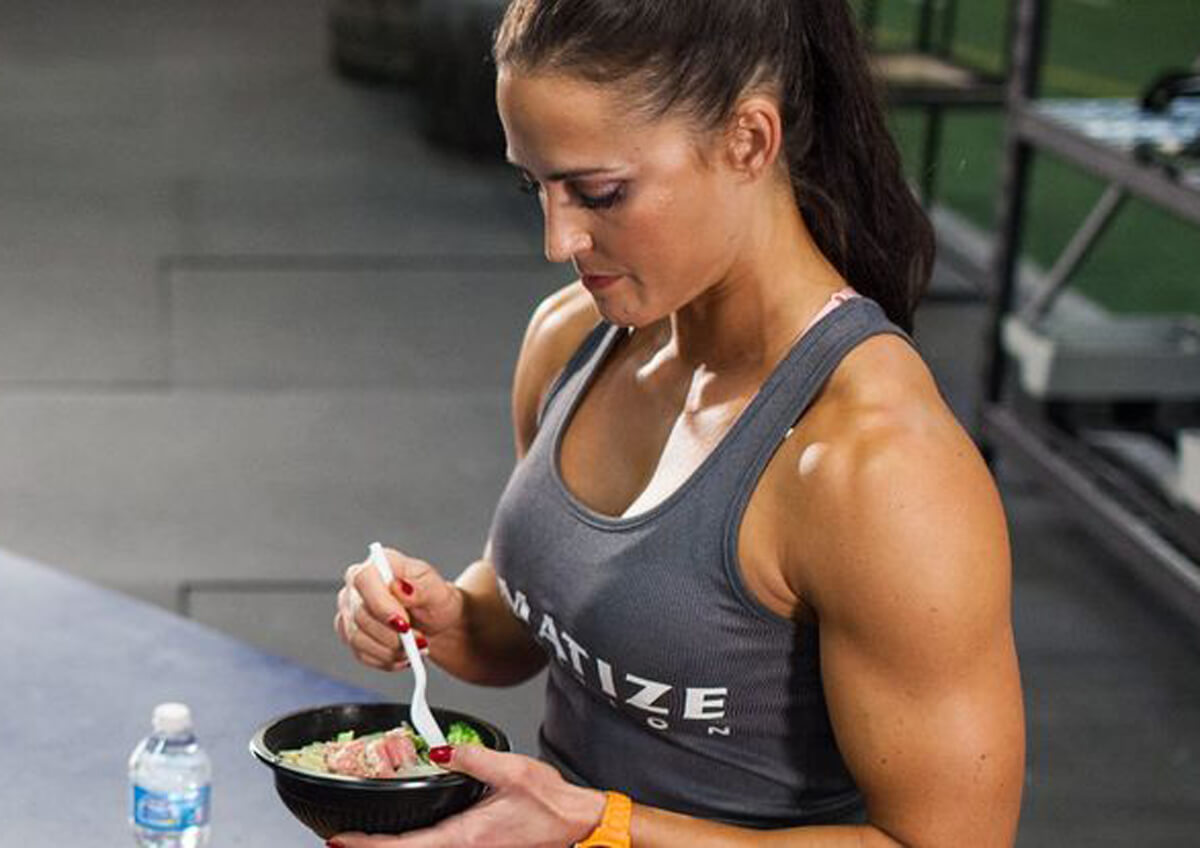
-
What about fats?
Regarding vegan bodybuilding, remember the importance of fat! We’re not talking about greasy fast food here, but rather the healthy kind that does wonders for your body. Think about improved cell function and hormone production, better brain function, and even increased nutrient absorption.
All of these benefits lead to a healthier, happier you! So please don’t shy away from adding healthy fats to your diet and making them a crucial part of your vegan bodybuilding plan.
You can provide your body fat by consuming nuts, seeds, and avocado. These can be added to meals as toppings or used as ingredients in homemade nut butter or avocado toast.
Compared to protein and carbohydrates, fat provides more calories per gram, and each gram includes nine calories. If you need more calories according to your bodybuilding plan, you can add a fat-included plate to your plan.
Fats also provide omega-3 to the body, which helps prevent heart diseases and some cancers.
You can eat nuts and seeds to get a high level of Omega-3. You can trade off fat and calories according to your preference. If you like to add more carbohydrates to your diet, you must decrease the fat intake and vice versa.
Foods High in Omega 3 for Vegetarians and Vegans
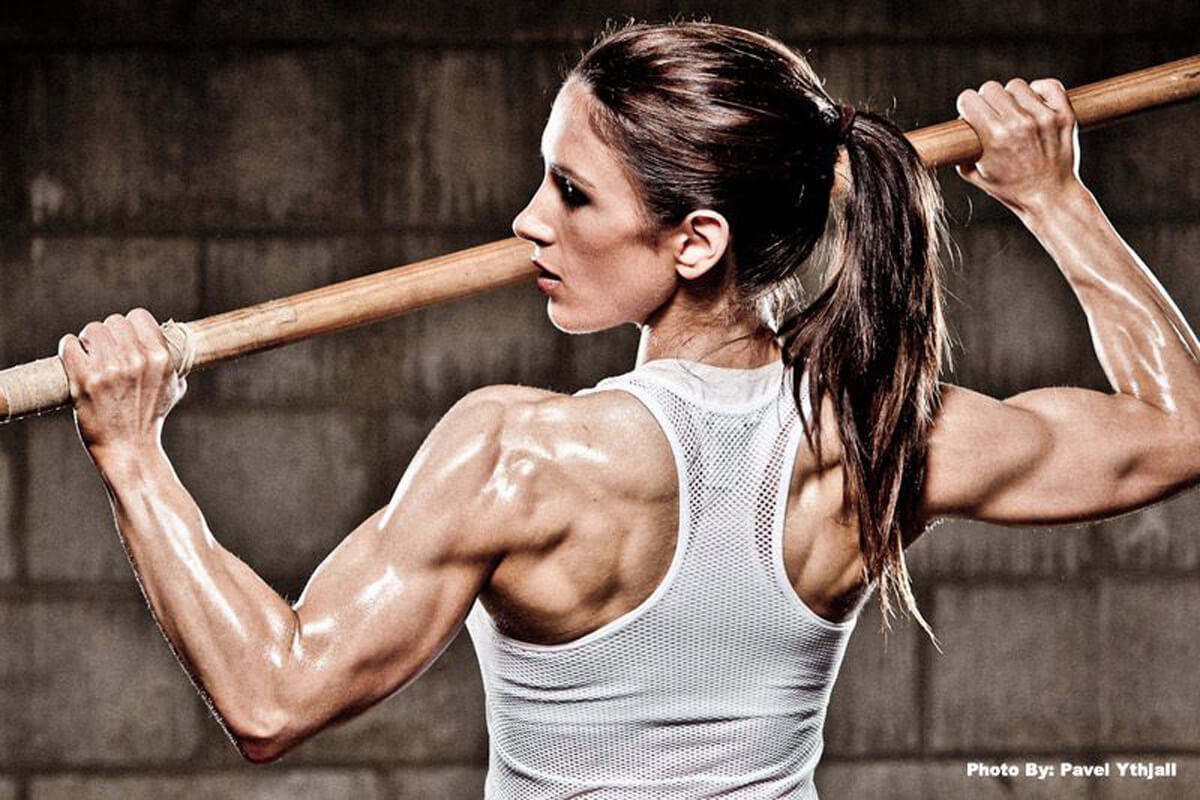
-
Remember micronutrients.
Focusing on macronutrients may lead to forgetting micronutrients. But the importance of micronutrients is equal to macronutrients for having a healthy body. It’s essential to consume adequate amounts of micronutrients, including iron, calcium, and vitamin B12.
There are plenty of delicious and nutritious vegan-friendly foods that vegans can eat to meet their Vitamin B12 needs. Have you tried nutritional yeast? It’s a tasty cheesy-flavored seasoning that’s packed with B12.
And almond milk is not only a tasty dairy alternative, but it’s also often fortified with B12. Plus, whole grain cereals and leafy greens like spinach are also excellent sources of this vital vitamin.
To ensure sufficient calcium, you must incorporate calcium-rich foods into your diet, including fortified plant-based milk, dark leafy greens, nuts, and seeds.
In addition to calcium, iron is one of the micronutrients that most people suffer from a lack of it. As you may know, iron plays a vital role in transferring oxygen to the muscles.
Nuts, hemp seeds, raisins, and fortified breakfast cereals are all great options to help you meet your daily iron needs.
So, no need to stress about missing out on this vital nutrient. Include these tasty foods in your diet, and you’ll be ready!
To maximize iron absorption, you can get help from Vitamin C, which has a significant role in iron absorption.
Start your day with a vegan protein kick! Discover 20+ breakfast ideas that are delicious, easy to make, and will keep you satisfied until lunch.
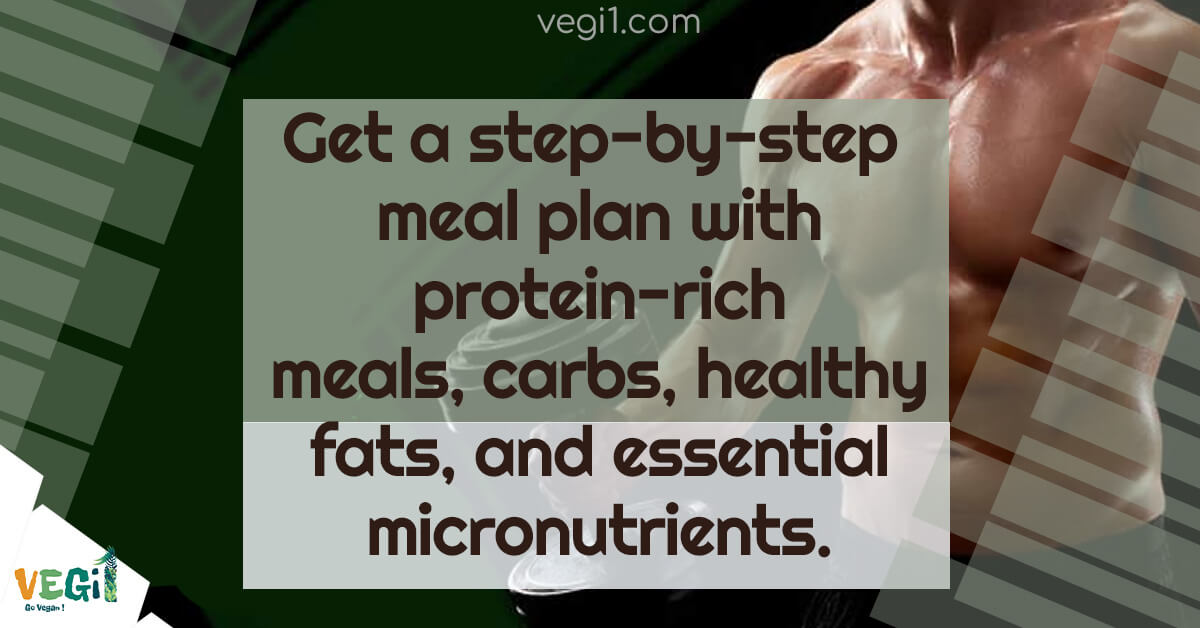
Vegan bodybuilding meal plan
Although you may find reaching a bodybuilder’s ideal body following a vegan diet challenging, you can make your dreams come true with the right plan. Let’s see how you can reach your perfect body.
For instance, you can add many plant-based protein sources like quinoa, tofu, beans, and tempeh to your meals and snacks and ensure you’re getting enough calories to fuel your workouts.
Fuel your body with these 10 delicious and nutritious plant-based protein shake alternatives that are packed with flavor and essential nutrients for a healthier lifestyle!
Here is a sample vegan bodybuilding meal plan that everyone should follow:
-
Breakfast
As a vegan bodybuilder, I start my day with a protein-packed breakfast to fuel my workouts. One of my go-to options is a tofu scramble with plenty of veggies.
To make the scramble:
- Start by pressing some firm tofu to remove any excess water.
- Then crumble it into a skillet with a bit of olive oil.
- Add diced bell pepper, onion, spinach, some minced garlic, and a pinch of turmeric for flavor and color.
Once everything is cooked, I stir in a generous helping of nutritional yeast for a cheesy, savory taste and an extra protein boost.
I serve the scramble alongside some whole-grain toast and sliced avocado for healthy fats and carbohydrates.
This breakfast is vegan-friendly and provides me with the fuel I need to crush my workouts and build muscle.
-
Pre-lunch
For a pre-lunch snack, I like to have a protein smoothie packed with fruits, veggies, and plant-based protein powder.
One of my favorite smoothie recipes includes a banana, a handful of berries, a cup of spinach, a scoop of pea protein powder, and some unsweetened almond milk.
I blend everything until smooth and creamy, then pour it into a to-go cup for easy on-the-go snacking.
This smoothie is a great way to sneak in some extra veggies and antioxidants while providing the protein I need to keep my muscles fueled and growing. Plus, it’s a refreshing and energizing snack that helps me power through the rest of my day.
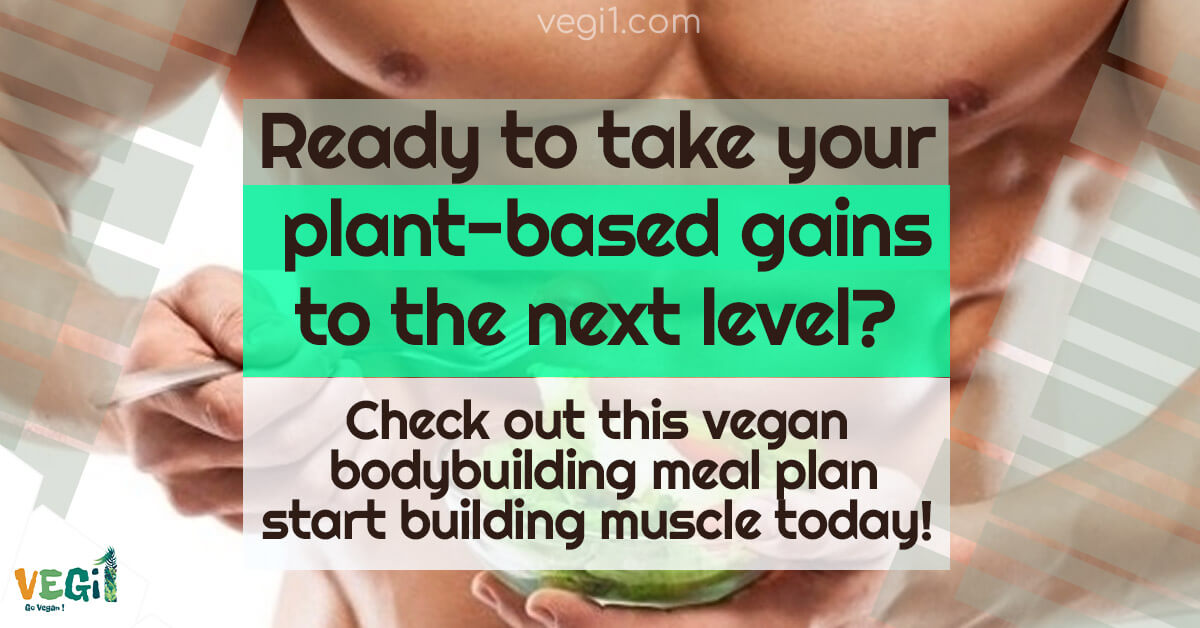
-
Lunch
As a vegan and bodybuilder, I also need to ensure that my lunch is packed with plant-based protein and nutrient-dense ingredients to keep me going through the rest of the day.
One of my favorite lunch options is a quinoa and black bean salad.
To make the salad:
- Start by cooking some quinoa according to the package instructions.
- While the quinoa is cooking, prepare a dressing by whisking together some olive oil, lime juice, and a pinch of cumin.
- Once the quinoa is done, mix it with drained and rinsed black beans, diced bell pepper, red onion, and a handful of chopped cilantro.
- Drizzle the dressing over the salad and toss everything together until it’s well combined.
This salad is delicious and packed with plant-based protein and fiber from quinoa and black beans.
Moreover, veggies provide essential vitamins and minerals for optimal health and performance.
I usually pair this salad with whole-grain bread or roasted sweet potatoes for healthy carbohydrates to keep me going throughout the day.
-
Evening meal
I want a light and nutritious evening meal that’s easy to digest and won’t interfere with my sleep.
One of my favorite evening meals is a simple yet satisfying sweet potato and chickpea Buddha bowl.
Follow the below steps to make the Buddha bowl:
- Start by baking a sweet potato in the oven until it’s tender and caramelized.
- While the sweet potato is cooking, rinse and drain a can of chickpeas and toss them with some olive oil, cumin, and paprika.
- Roast the chickpeas in the oven until they’re crispy and golden brown.
- Next, prepare a simple lemon-tahini dressing by whisking together some tahini, lemon juice, garlic, and water until smooth and creamy.
- Mix fresh veggies, such as cucumber, tomato, and bell pepper, and assemble everything in a bowl.
- To assemble the Buddha bowl, start with a bed of greens, such as spinach or kale, then add the roasted sweet potato, crispy chickpeas, and chopped veggies.
- Drizzle the lemon-tahini dressing over everything and sprinkle some fresh herbs, such as parsley or cilantro.
This sweet potato and chickpea Buddha bowl is a delicious and satisfying evening meal packed with plant-based protein, fiber, and various vitamins and minerals.
It’s easy to customize with whatever veggies you have, and the lemon-tahini dressing adds a tangy and creamy finish that ties everything together.
-
Dinner
A hearty lentil and vegetable stir-fry is one of the go-to dinner options I would like to show you.
If you want to make the stir-fry, follow the below steps:
- Start by cooking some lentils according to the package instructions.
- While the lentils cook, chop up various vegetables, such as broccoli, bell peppers, carrots, and mushrooms.
- Heat some oil in a skillet and add the vegetables, minced garlic, and ginger.
- Stir-fry everything until the vegetables are tender-crisp, then add the cooked lentils and a splash of soy sauce for flavor.
I usually serve the stir-fry over a bed of brown rice or quinoa for some healthy carbohydrates, and I like to top it with sliced avocado and a sprinkle of sesame seeds for added healthy fats and crunch.
This lentil and vegetable stir-fry is a delicious and nutrient-dense dinner. Plus, it’s easy to customize with whatever vegetables you have, making it a versatile and satisfying meal you can enjoy any night of the week.
Discover the optimal nutrition for vegan athletes to fuel their performance. Learn what to eat to build muscle, boost energy, and recover faster: Complete nutrition guide for vegan athletes
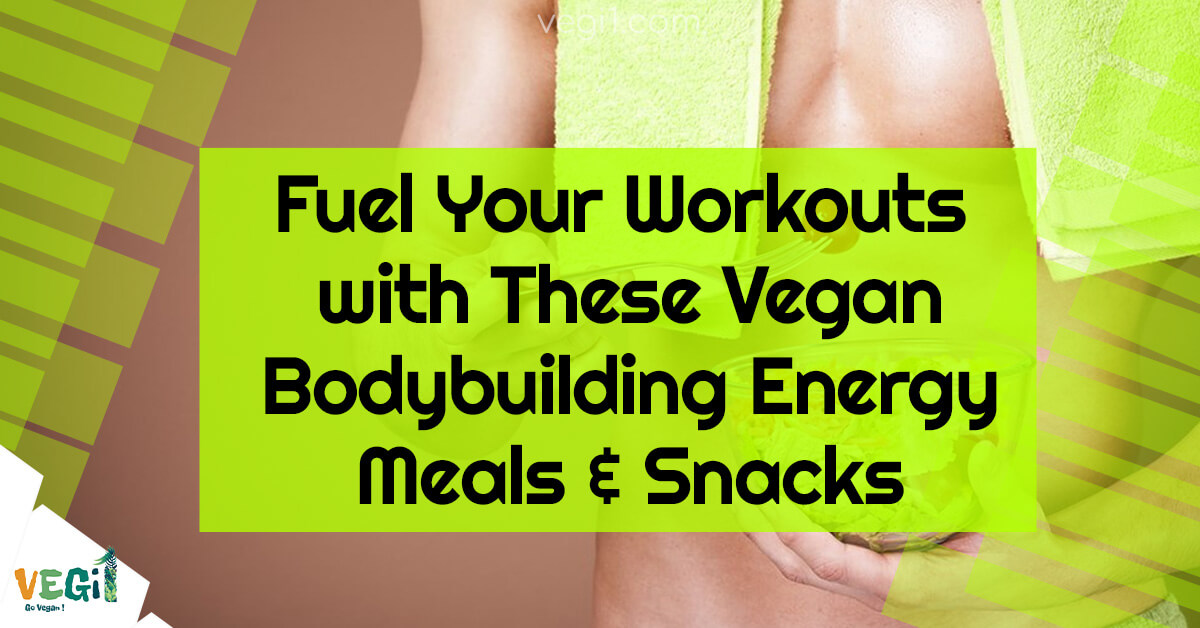
Some Vegan bodybuilding energy meals & snacks for pre or post-workout meal
- Oatmeal mixed with chia seeds, soy milk, and bananas provides carbohydrates, fats, and proteins to provide energy during your workouts.
- Another tasty, quick breakfast or snack option that provides carbs and fat is whole-wheat toast with avocado and almond butter.
- A stir-fry with veggies and edamame pasta can also be a practical choice for post-workout recovery, as it can replenish muscle glycogen and aid in muscle repair.
- For a heavier pre-workout meal, a fruit smoothie with peanut butter, strawberries, bananas, and almond milk can be a healthy choice due to its high carb and fat content.
- Tofu with brown rice, spinach, and broccoli is a versatile meal with high carbs and protein, making it a great post-workout option.
- Finally, a burrito with black beans, brown rice, corn, and avocado is a delicious way to get post-workout carbs and protein, with the option to add different types of beans or veggies for variety.
Of course, this is just an example, and there are countless ways to adapt a vegan bodybuilding meal plan to your individual needs and preferences.
Listening to your body and adjusting accordingly is essential, ensuring you get enough calories and macronutrients to fuel your workouts and promote muscle growth.
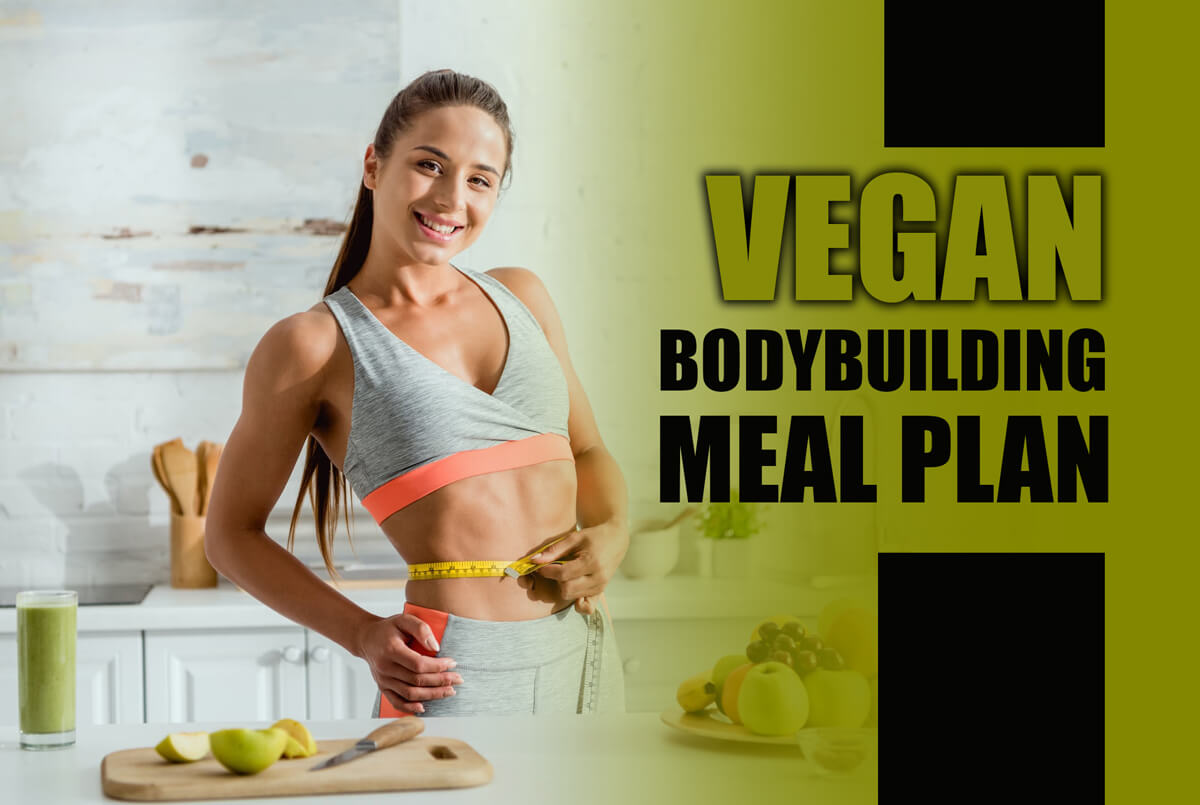
The last words
Adopting a vegan diet in bodybuilding promotes fitness and contributes to our planet’s well-being and animal welfare.
A well-planned vegan meal plan can provide all the essential nutrients for muscle growth and recovery while reducing the risk of chronic diseases such as heart disease, diabetes, and cancer.
Vegans can meet their daily protein and calorie needs by including plant-based protein sources such as beans, tofu, tempeh, and gluten and adding whole grains, fruits, and vegetables.
With creativity in the kitchen, vegan bodybuilders can be nutritious and delicious.
So why not try a vegan meal plan on your next bodybuilding journey and experience the benefits?
As a Vegan bodybuilder, how many calories do you consume to build muscle, and how did you measure this?
Please share with us in the comment section.
